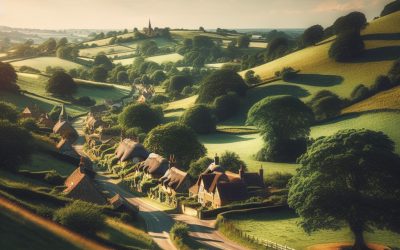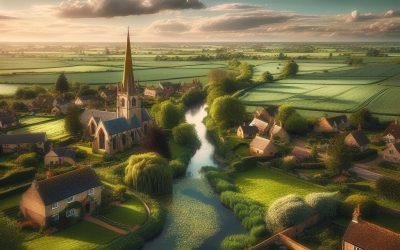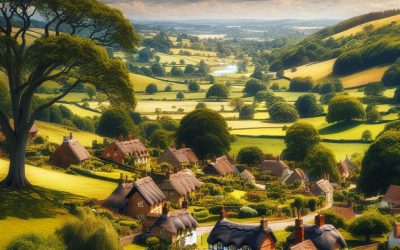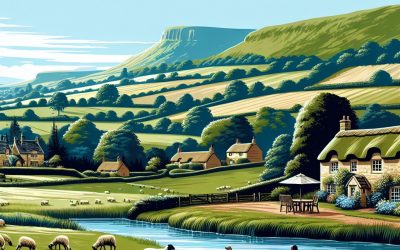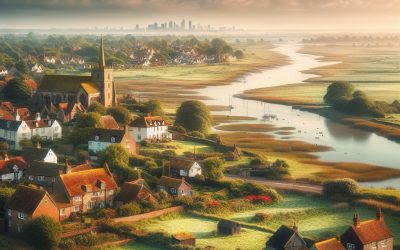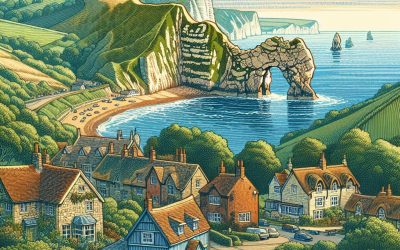Kent, England
Kent, known as the “Garden of England,” is a county located in the southeastern part of England. It is renowned for its picturesque landscapes, charming villages, and rich history. With its nickname and reputation as a beautiful county, Kent attracts...
Huntingdonshire, England
Huntingdonshire, located in the eastern part of England, is a historic county with a rich and fascinating history. It is bordered by Northamptonshire to the west, Bedfordshire to the south, Cambridgeshire to the east, and Lincolnshire to the north. The county has...
Hertfordshire, England
Hertfordshire, located in the East of England, is a county with a rich history and vibrant culture. It is bordered by Bedfordshire to the north, Cambridgeshire to the northeast, Essex to the east, Buckinghamshire to the west, and Greater London to the south. The...
Hampshire, England
Hampshire is a county located on the southern coast of England. It is known for its rich history, natural beauty, cultural offerings, and more. In this blog post, we will explore Hampshire’s highlights and showcase why it is a must-visit destination. Whether you...
Greater London, England
Greater London, often referred to simply as London, is the capital city of England and the United Kingdom. It is one of the most important and influential cities in the world, known for its rich history, diverse culture, and thriving economy. With a population of over...
Gloucestershire, England
Gloucestershire, located in the South West of England, is a county known for its stunning natural beauty, rich history and heritage, charming villages, and delicious food and drink. With its picturesque landscapes, historic sites, and vibrant cultural scene,...
Essex, England
Essex is a county located in the southeast of England, bordering the counties of Suffolk and Cambridgeshire to the north, Hertfordshire to the west, Kent across the River Thames to the south, and London to the southwest. With its close proximity to London, Essex has...
East Yorkshire, England
East Yorkshire, located in the north of England, is a hidden gem waiting to be discovered. With its rich history, stunning natural beauty, delicious local cuisine, vibrant cultural scene, and a wide range of outdoor activities and family-friendly attractions, East...
East Sussex, England
East Sussex is a county located on the southeastern coast of England. It is known for its stunning natural beauty, rich history, and vibrant cultural scene. With its picturesque landscapes, historic towns and villages, and a wide range of activities and attractions,...
East Riding, England
East Riding, located in the northeastern part of England, is a region steeped in history and natural beauty. It is one of the three historic subdivisions of the county of Yorkshire, along with North Riding and West Riding. The region has a rich and diverse history,...
Durham, England
Durham is a historic city located in the North East of England. Situated on the banks of the River Wear, Durham is known for its rich history, stunning architecture, and vibrant cultural scene. The city is home to Durham Cathedral, a UNESCO World Heritage Site, and...
Dorset, England
Dorset, located in the southwest of England, is a county known for its natural beauty and rich history. With a population of around 770,000, Dorset is home to stunning landscapes, charming villages, and historic landmarks. The county has a long and fascinating...
